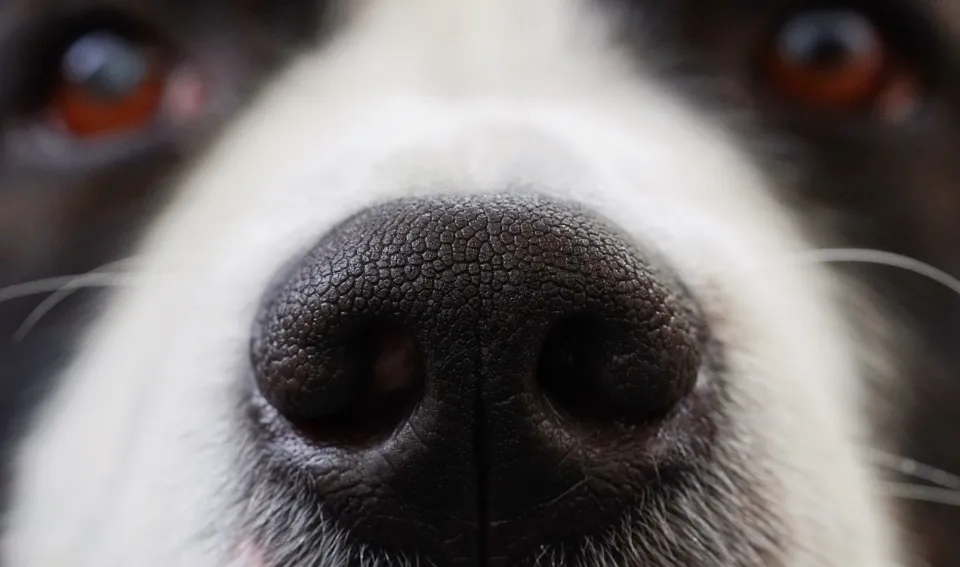
Can You Put Vaseline on Your Dog’s Nose – What to Know
If you have a dog, you might be wondering if applying Vaseline to its face is okay. Humans do, after all, use it for everything from protecting minor cuts and scrapes to keeping skin soft.
Vaseline can be toxic, so avoid using it on your dog’s dry nose. For soothing and moisturizing effects, rub it onto the nose.
To learn the response, continue reading.
Why is Your Dog’s Nose Dry?
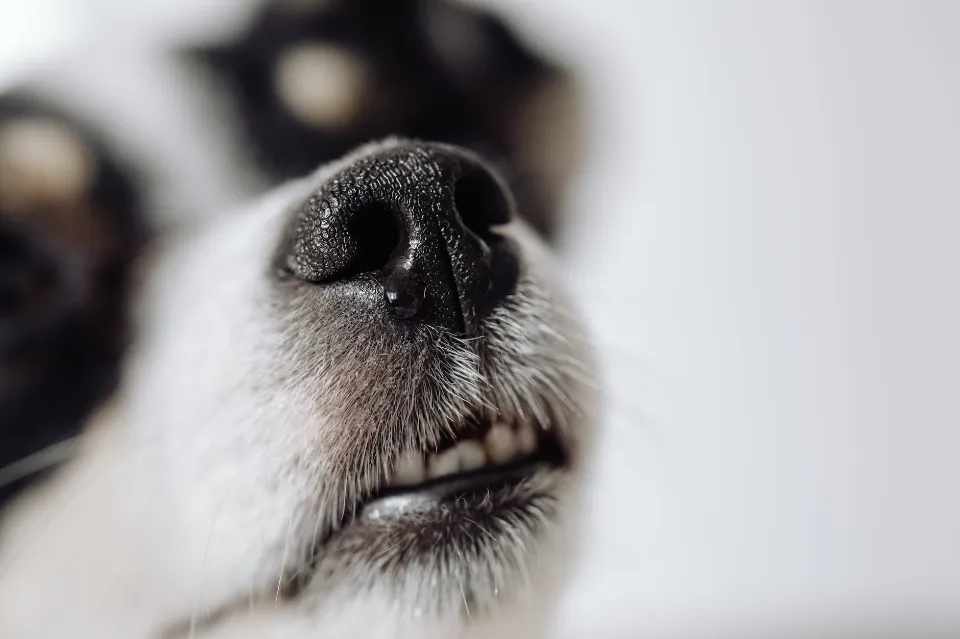
The idea that a dog with a dry nose is ill is a widespread one. Thank goodness, this is untrue. When your dog has a dry nose, you shouldn’t be concerned because it is typically completely normal and harmless.
It only means that there is less moisture than usual if your dog’s nose is dry to the touch. When it’s dry, his nose might also feel warmer than usual. Due to the lack of moisture, this is only an illusion (compare the air to a heated swimming pool). When compared to air, 85-degree water feels cooler to the touch. You will experience temperatures that are more similar to your dog’s normal body temperature when his nose is dry.
Read More: Is It OK to Put Vaseline In Your Nose
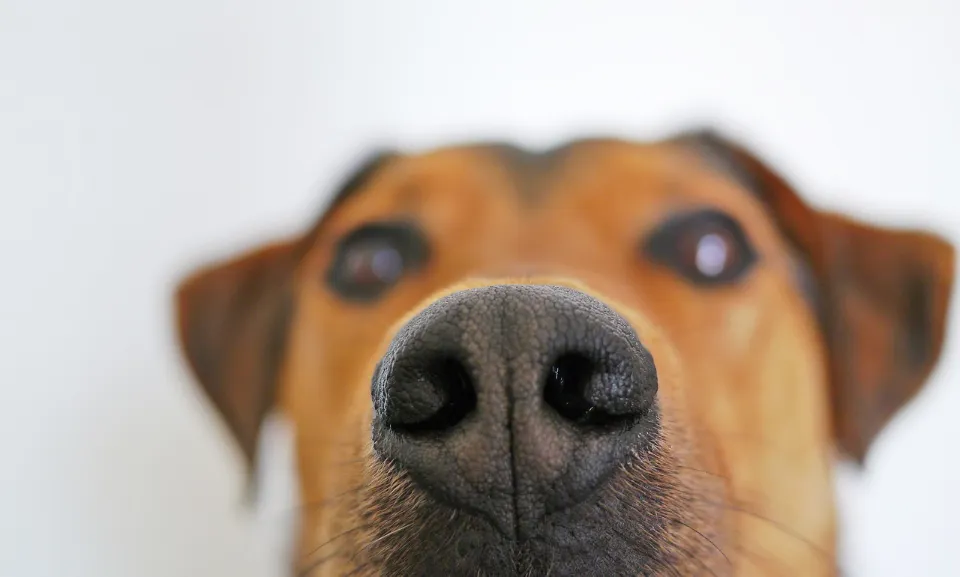
The only time you should be worried about your dog’s dry nose is if he also exhibits other symptoms, such aspa a change in the texture of his nose, cracks on the nose, lethargy, lesions on other parts of his body, or other indications of illness or unusual behavior.
Read More: Can My Dog Drink Apple Juice
Can I Use Petroleum Jelly on My Dog’s Dry Nose?
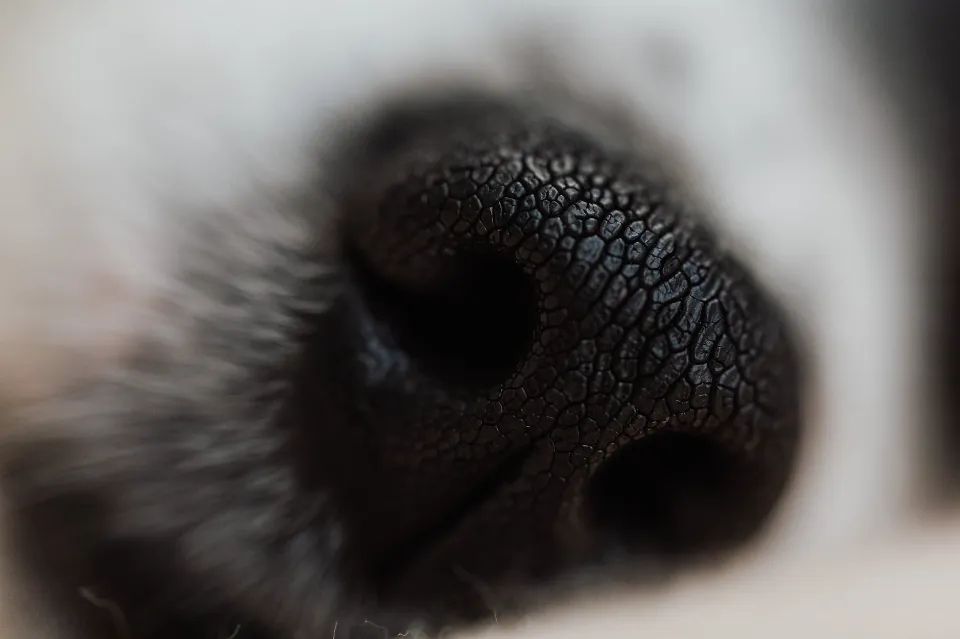
We advise against it.
If your dog licks too much petroleum jelly off of its nose, it may experience nausea and diarrhea.
Mineral oils and paraffin wax, both of which originate from petroleum, are known to build up in dogs’ bodies over time. When we say petroleum, yes, that’s frompetrol – aka fuel oil and gasoline!
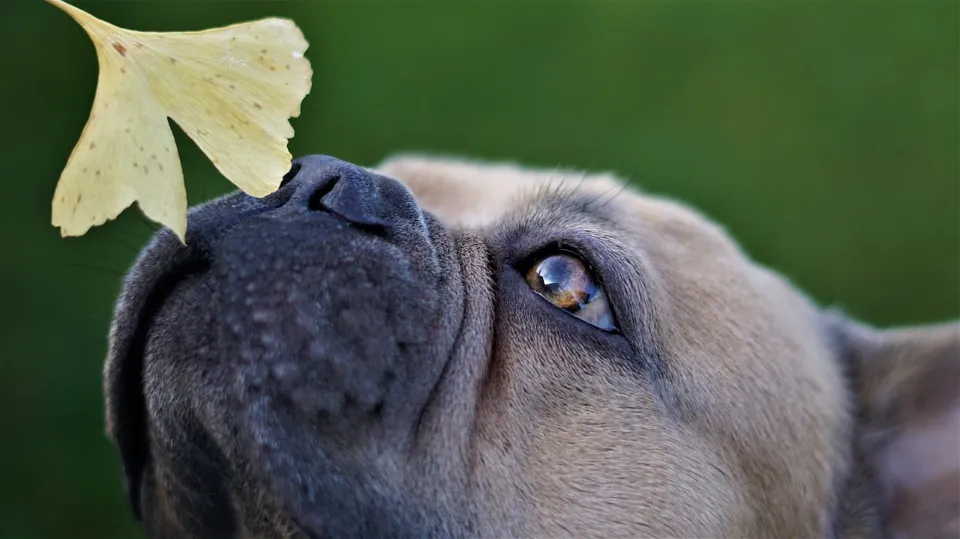
Parrafin wax and mineral oils are often touted as “all natural” or labeled as “white oils,” including by a dog balm market leader.
Actually, mineral oil is a by-product of the petroleum distillation process and is used to make products with a petroleum base from crude oil. What long-term health consequences result from the gradual buildup of mineral oil and petroleum in dogs is unknown. There is a cancer-causing impurity known as 1,4-dioxane that can be found in mineral oil and other petroleum-based products.
This chemical, according to studies, easily penetrates skin. It is regarded as an acknowledged animal carcinogen by the National Toxicology Program. Although it is simple for businesses to remove it from ingredients during manufacturing, tests showing its frequent inclusion in products show that they frequently don’t, putting their customers at risk for potential chronic and widespread exposures to this cancer-causing compound.

Government and industry studies have shown that these minute contaminants in ingredients derived from petroleum frequently easily pass through the skin. That they are legal at any level and have no restrictions on their use in products due to government safety standards is shocking.
As if that’s not enough, petroleum jelly also has a high viscosity which may hinder nasal perspiration, that is, your dog’sbreathing.
Tips for Using Vaseline on Your Dog’s Cracked and Dry Paws
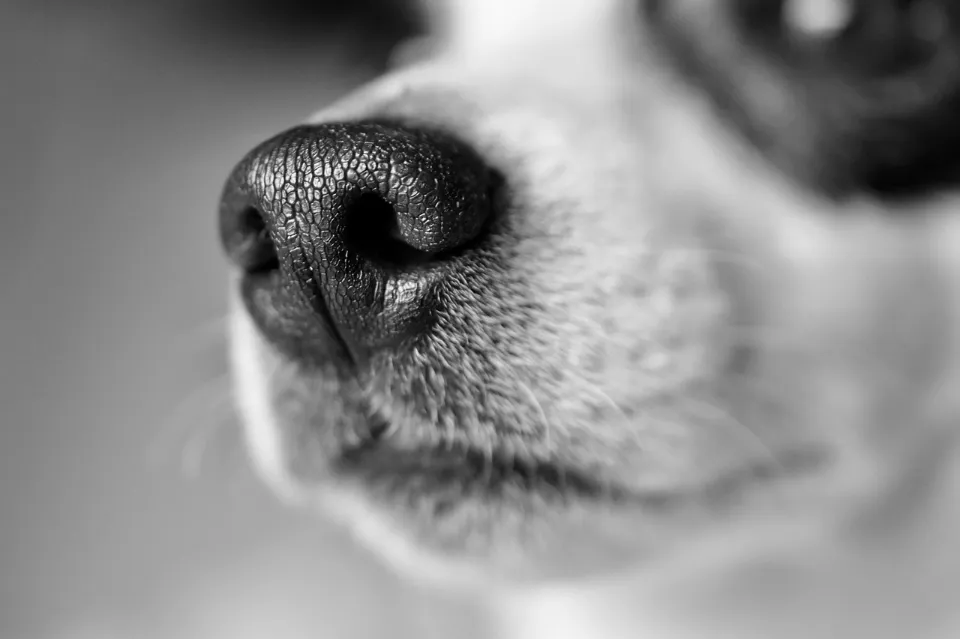
Vaseline needs to be used with a little caution because it can be messy and your dog might be tempted to lick it off. Use the following tips when applying Vaseline to your dog’s paws:
Only use a thin layer of Vaseline — A little Vaseline goes a long way, so keep that in mind. Avoid glopping Vaseline on your dog’s paw pads because they might track it all over your house if you do.
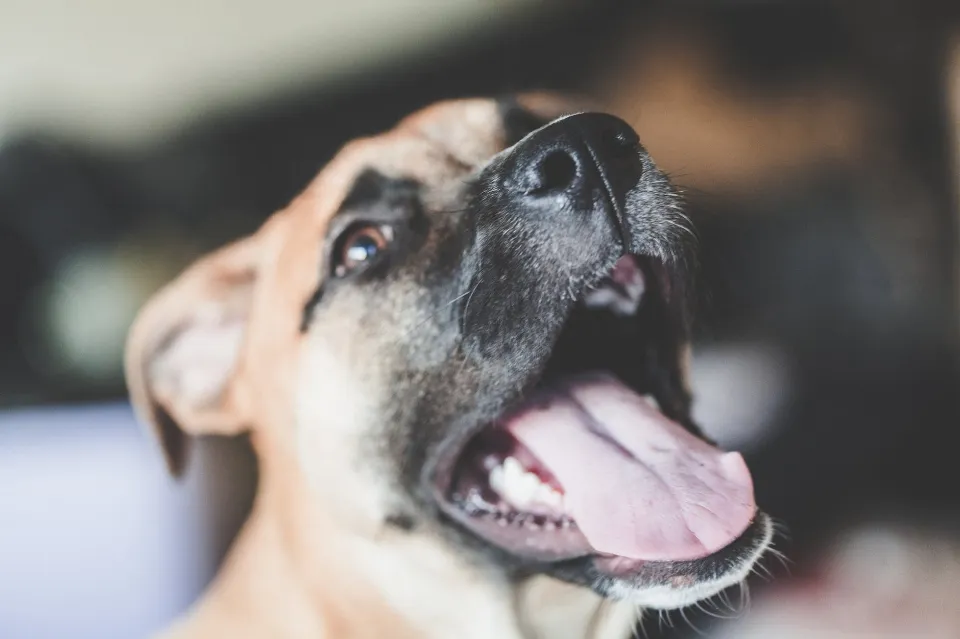
Consider applying the Vaseline outside — Want to prevent your dog from bringing Vaseline all over your floors? Utilize it outside if you can. If you’re applying it in bad weather before going outside, stay just inside the door and take your walk as soon as you’re finished.
Wipe off the Vaseline when you come in from a walk — Wipe any remaining Vaseline from your dog’s paws after bringing them inside from the elements. For this reason, you might want to keep some pet-safe wipes or a towel by the door. When you return from a winter walk, you should wipe your dog’s paws to get rid of any ice, snow, salt, or de-icing agents.
Use booties — After using Vaseline, you can prevent the mess by having your dog wear booties. You would then take off the booties and wipe any extra petroleum jelly off their paws once the petroleum jelly has dried. A pair of booties would work just as well to protect your dog’s feet from the elements or to cover a cut or blister while it heals if you decide to forego the Vaseline altogether.
Read More:
- Is Vaseline Safe for Dogs Paws
- How to Remove a Tick from a Dog with Vaseline
- Can I Use Vaseline for Ear Mites in Dogs
What to Do If Your Pup Eats Vaseline

Don’t freak out if your dog consumes a small amount of Vaseline. But if your dog has consumed a sizable amount after getting their paws (and mouth) on an entire container, contact your veterinarian right away. You should be on the lookout for any symptoms of vomiting or an upset stomach.
Additionally, if your dog consumes any item that they are not supposed to eat, you should always call your veterinarian.
Conclusion
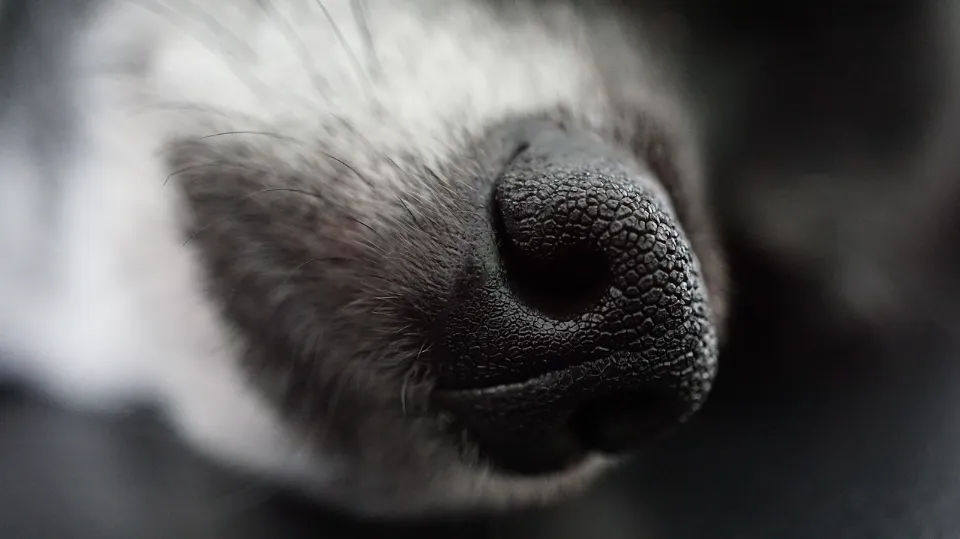
Even though petroleum jelly isn’t necessarily fatal in small doses, it can upset a dog’s stomach and cause diarrhea if they consume too much of it. The likelihood that petroleum jelly will end up in your dog’s stomach increases when it is applied to the nose.
FAQs
What Can You Put on a Dog’s Dry Nose?
To keep the nose soft, soak it in a warm, damp towel, and then rub petroleum jelly all over it. A veterinarian should be consulted right away if your dog exhibits any additional symptoms in addition to a dry nose.
Is It Safe for Dogs to Use Vaseline?
Vaseline isn’t poisonous to dogs in theory, but that doesn’t mean it’s completely safe. An upset stomach may result in vomiting or diarrhea if over-ingested (and they will lick it off). Vaseline creates a barrier on your dog’s skin that traps contaminants like dirt and bacteria.
How Do Dogs Keep Their Nose Moist?
Dogs have special glands in the inner lining of their noses that secrete mucus to maintain the moisture in their nasal canals. In order to better absorb scent chemicals and improve the dog’s ability to smell, a thin layer of mucus adheres to the nostrils.





Average Rating